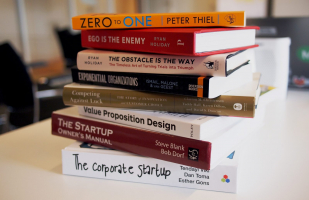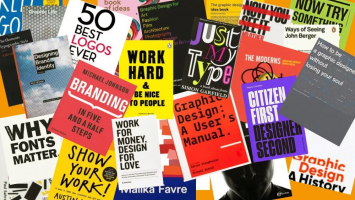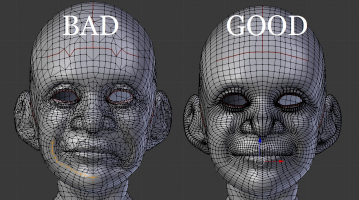Top 10 Best Books On Interaction Design
Whether you're an aspiring Interaction Designer, UX/UI Designer, or even a Product Manager, understanding the fundamentals of interaction design will help you ... read more...better serve your users. In fact, interaction design (IXD), which aims to create meaningful relationships between users and interfaces, is one of the most important aspects of UX design. There are plenty of resources available to help aspiring designers understand the theory behind interaction design. And to help you get started, we've compiled a list of the the best books on interaction design. Let's get started!
-
Don Norman is a Nielsen Norman Group co-founder with graduate degrees in both engineering and psychology. Emotional Design, The Design of Future Things, and Living with Complexity are among his many books. He currently resides in Silicon Valley, California.
Design does not have to be difficult, which is why this human-centered design guide demonstrates that usability is just as important as aesthetics.
Even the brightest of us can feel inadequate when we can't figure out which light switch or oven burner to turn on, or whether to push, pull, or slide a door. The fault, according to this brilliant - even liberating - audiobook, is not in ourselves, but in product design that ignores user needs and cognitive psychology principles. The issues range from ambiguous and hidden controls to arbitrary relationships between controls and functions, all while being accompanied by a lack of feedback or other assistance and unreasonable memorization demands.
Among the best books on interaction design, The Design of Everyday Things demonstrates that good, usable design is achievable. The rules are simple: make things visible, take advantage of natural relationships that link function and control, and use constraints intelligently. The goal is to effortlessly guide the user to the right action on the right control at the right time.
The Design of Everyday Things is an excellent primer on how and why some products satisfy customers while others irritate them.
Author: Don Norman
Link to buy: https://www.amazon.com/gp/product/0465050654/
Ratings: 4.7 out of 5 stars (from 5313 reviews)
Best Sellers Rank: #1,872 in Books
#1 in Industrial & Product Design
#1 in Retailing Industry (Books)
#95 in Psychology & Counseling
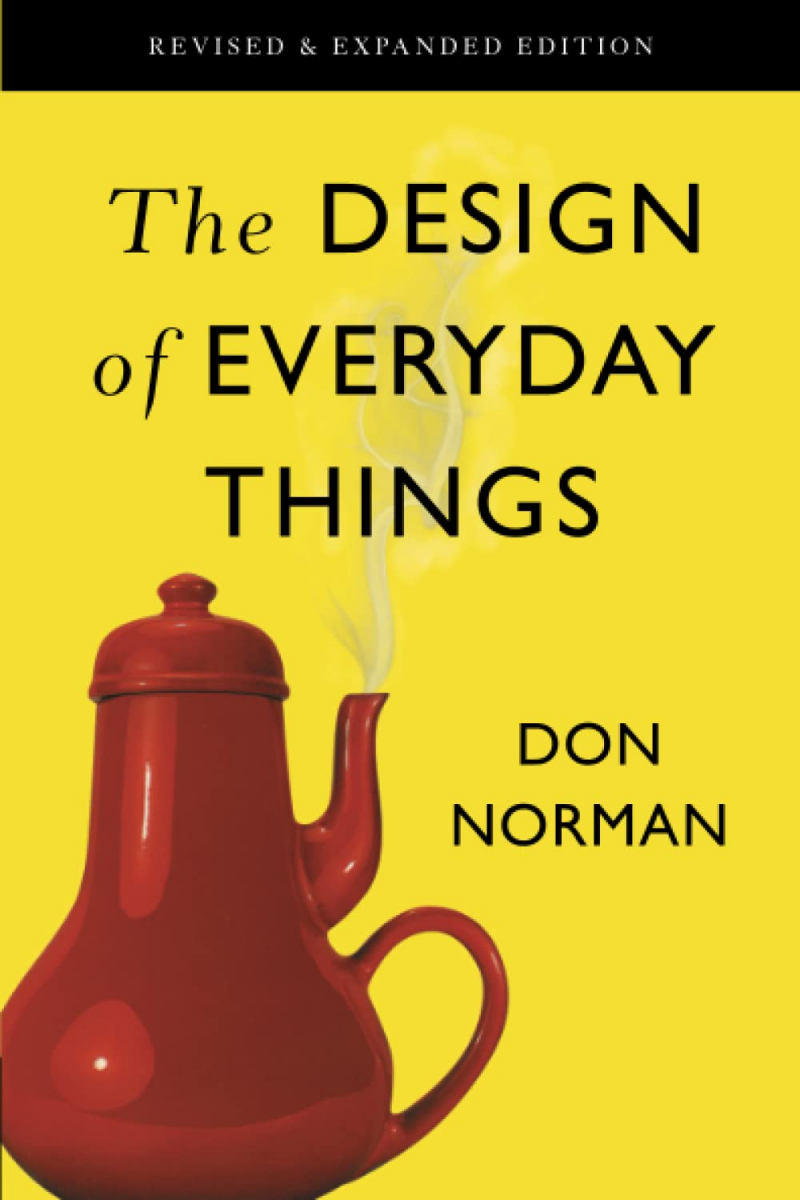
https://www.amazon.com/ 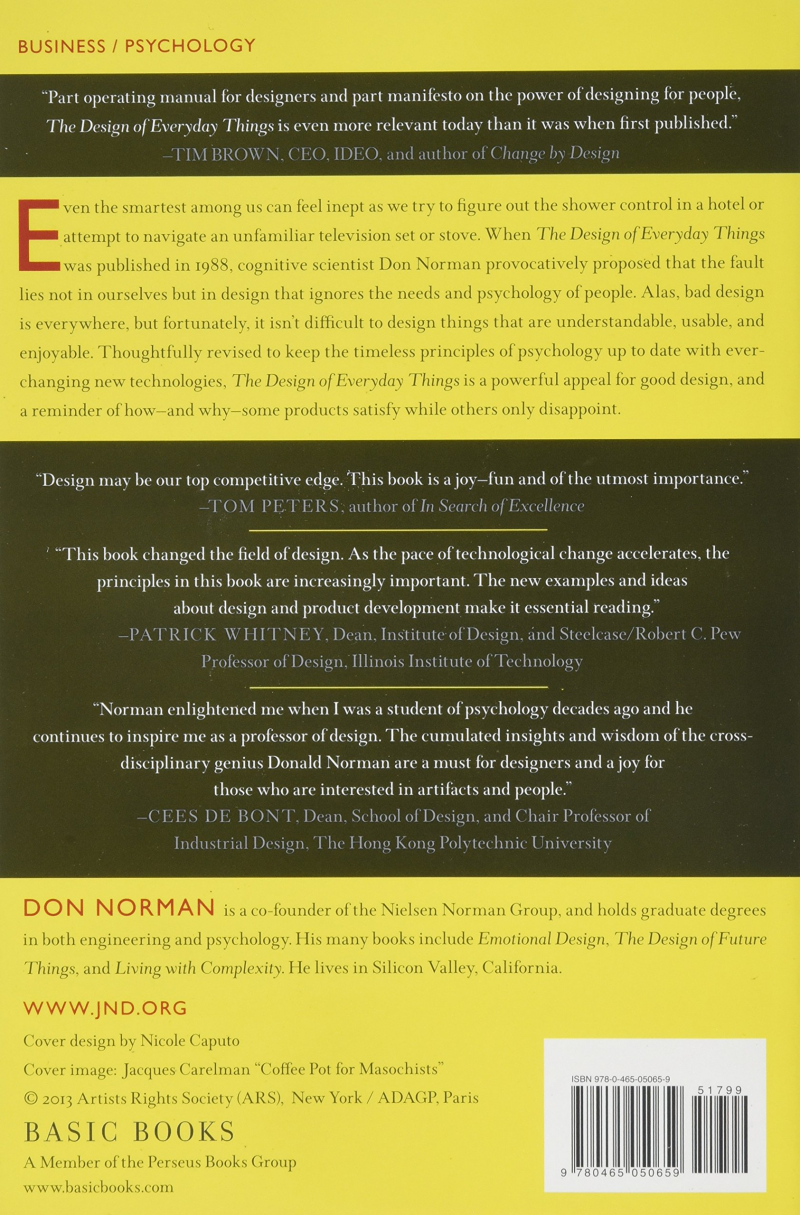
https://www.amazon.com/ -
Steve Krug (pronounced "kroog") is best known for his book Don't Make Me Think: A Common Sense Approach to Web Usability, which is now in its third edition and has sold over 600,000 copies. Ten years later, he mustered the courage to pen another: the usability testing handbook Rocket Surgery Made Easy: The Do-It-Yourself Guide to Finding and Fixing Usability Problems. The books are based on his 30+ years of experience as a usability consultant for clients such as Apple, Bloomberg.com, Lexus.com, NPR, the International Monetary Fund, and many more.
Don't Make Me Think, first published in 2000, has been relied on by hundreds of thousands of Web designers and developers to help them understand the principles of intuitive navigation and information design. It's one of the best-loved and most recommended books on the subject, and it's witty, commonsensical, and eminently practical.
Now, with updated examples and a new chapter on mobile usability, Steve returns with a fresh perspective to reexamine the principles that made Don't Make Me Think a classic. And it's still short, well-illustrated, and, most importantly, enjoyable to read.
If you've already read it, you'll discover why Don't Make Me Think is so important to Web designers and developers all over the world. If you haven't read it, you'll understand why so many people believe it should be required reading for anyone who works on websites.
Author: Steve Krug
Link to buy: https://www.amazon.com/Dont-Make-Think-Revisited-Usability/dp/0321965515
Ratings: 4.6 out of 5 stars (from 2598 reviews)
Best Sellers Rank: #8,836 in Books
#2 in User Experience & Website Usability
#3 in Web Design (Books)
#23 in Internet & Social Media
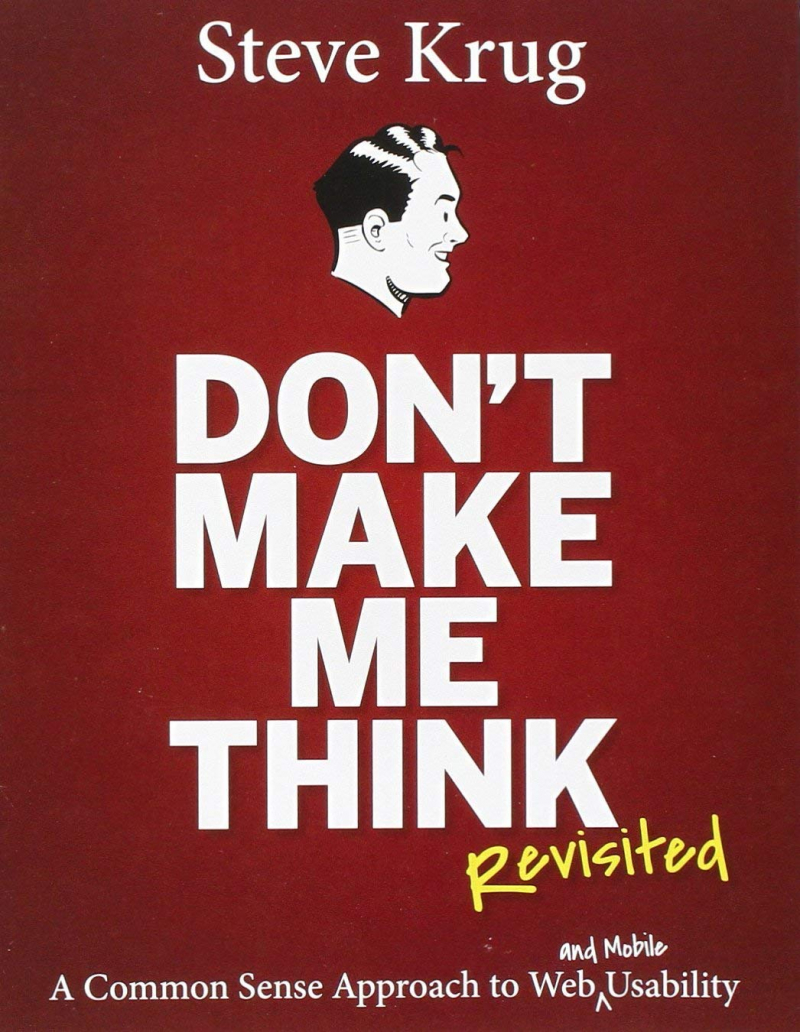
Amazon.in 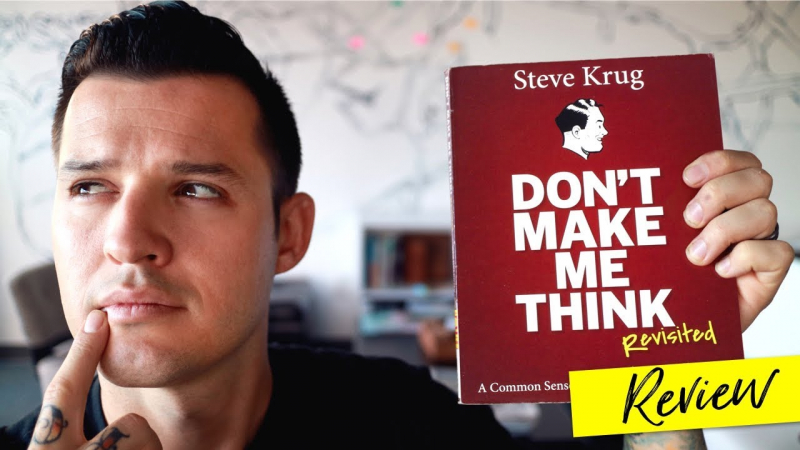
Photo: Jesse Showalter's Youtube Channel -
William Lidwell is the Chief R&D Officer at Avenues: The World School, where he leads teams tasked with conducting educational and learning sciences research, developing new educational curricula, programming, and technologies, and designing new campuses around the world. Kritina Holden is a Leidos Human Factors Technical Fellow at NASA Johnson Space Center. She has more than thirty years of experience in Human Factors, with a focus on human-computer interaction (HCI), human-centered design, and usability. Jill Butler is the president and founder of Stuff Creators Design, an interaction design firm.
Universal Principles of Design, Revised and Updated is a comprehensive, cross-disciplinary encyclopedia that covers 125 laws, guidelines, human biases, and general design considerations. It is richly illustrated and simple to navigate, and it pairs clear explanations of each design concept with visual examples of the ideas in action. Every major design concept, from the 80/20 Rule to the Weakest Link, is defined and illustrated.
Whether it's a marketing campaign, a museum exhibit, a video game, or a complex control system, the design we see is the result of many concepts and practices drawn from various disciplines. Designers have always had to scramble to find the information and know-how required to make a design work because no one can be an expert on everything—until now.
The book is alphabetically organized so that principles can be quickly and easily referenced by name. For those who want to address a specific design problem, the principles have also been indexed by questions commonly asked by designers.
Each principle is presented on two pages. The left-hand page contains a brief definition, a detailed description of the principle, examples of its application, and usage guidelines. Side notes, which appear to the right of the text, provide clarification and references. The right-hand page contains visual examples and related graphics to help you understand the principle better.
This seminal reference is the gold standard for designers, engineers, architects, and students looking to broaden and improve their design knowledge.
Author: William Lidwell, Kritina Holden and Jill Butler
Link to buy: https://www.amazon.com/gp/product/1592535879
Ratings: 4.7 out of 5 stars (from 894 reviews)
Best Sellers Rank: #36,138 in Books
#84 in Graphic Design Techniques
#122 in Design & Decorative Arts
#163 in Commercial Graphic Design (Books)
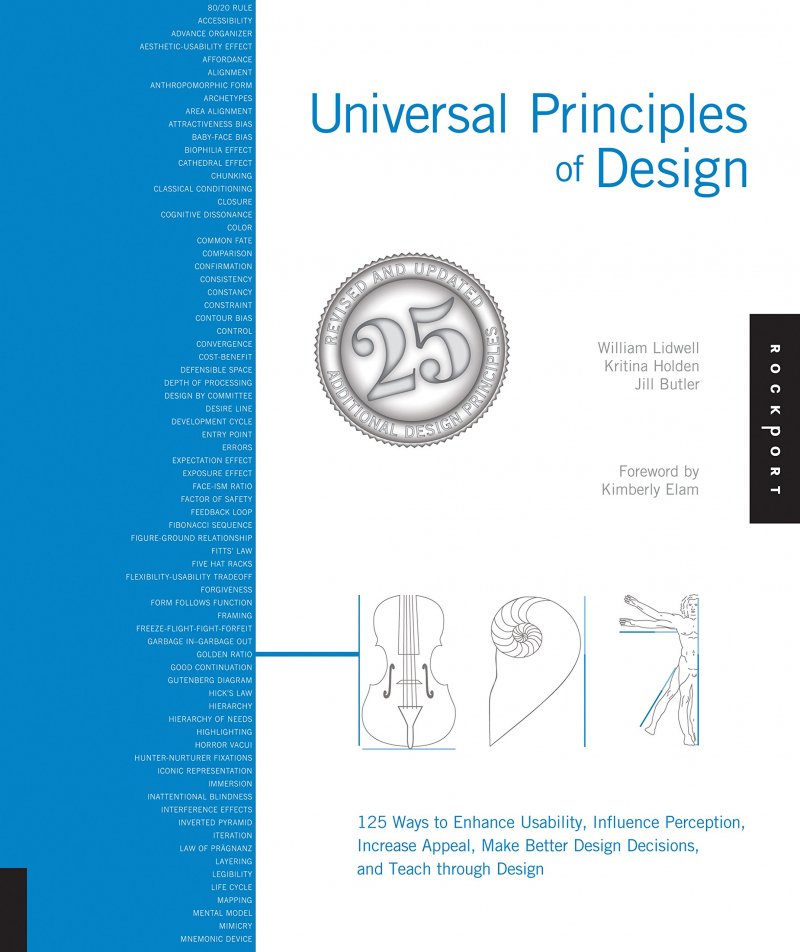
https://www.amazon.com/ 
https://www.amazon.com/ -
Alan Cooper is the founder of Cooper and a modern computing pioneer. His seminal work influenced a generation of programmers, businesspeople, and users. Robert Reimann was the Interaction Design Association's first president (IxDA). He is the Principal Interaction Designer at PatientsLikeMe and the former Cooper Director of Design R&D. GE's Design Director is Dave Cronin. He was also the former Managing Director of Cooper and the Director of Interaction Design at Smart Design.
Make It So co-author Christopher Noessel is Cooper's first Design Fellow. He travels the world teaching and speaking about design.
The fourth edition of About Face: The Essentials of Interaction Design is the most recent update to the book that shaped and evolved the landscape of interaction design. This comprehensive guide considers the global shift to smartphones and tablets. Discussions on mobile apps, touch interfaces, screen size considerations, and other topics have been added. The new full-color interior and distinctive layout better illustrate contemporary design concepts.
With the success of design-intensive companies, the interaction design profession is blossoming, priming customers to expect "design" as a critical component of marketplace success. Consumers have little tolerance for websites, apps, and devices that fail to meet their expectations, and a shift in business philosophy has resulted. The updated Fourth Edition of About Face continues to lead the way with ideas and methods relevant to today's design practitioners and developers, bringing interaction design out of the research labs and into the everyday lexicon.
Among the new details are:
- Methods for modern interface, interaction, and product design
- Mobile platform and consumer electronics design
- The most recent interface recommendations and examples
- Goal-Directed Design methodology has been updated.
About Face is a comprehensive, essential resource for designers and developers looking to stay relevant in the face of the current shift in consumer technology habits.
Author: Robert Reimann, Christopher Noessel, Alan Cooper and Dave Cronin
Link to buy: https://www.amazon.com/gp/product/1118766571
Ratings: 4.6 out of 5 stars (from 388 reviews)
Best Sellers Rank: #68,102 in Books
#17 in Human-Computer Interaction (Books)
#22 in Web Design (Books)
#25 in User Experience & Website Usability
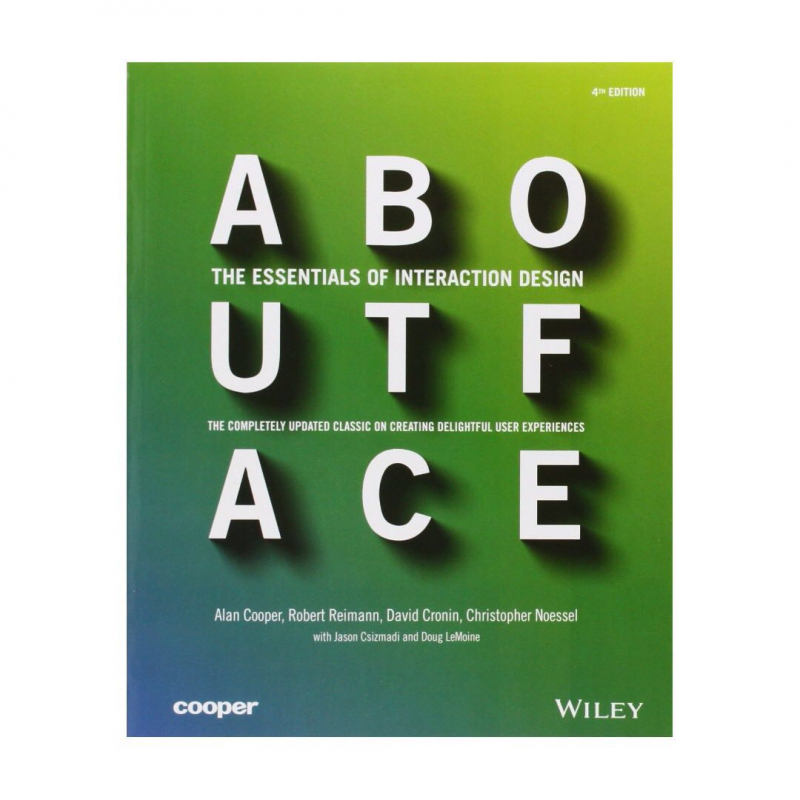
www.carousell.sg\ 
https://mobile.twitter.com/ -
Jenifer Tidwell has been designing and developing user interfaces for the industrial sector for over a decade. Since 1997, she has been researching user interface patterns and designing and building complex applications and web interfaces.
Despite all of the UI toolkits available today, designing good application interfaces remains difficult. This best-selling book is one of the few trustworthy resources for navigating the maze of design options. Designing Interfaces provides solutions to common design problems that you can tailor to the situation at hand by capturing UI best practices and reusable ideas as design patterns.
This revised edition includes mobile app and social media patterns, as well as web applications and desktop software. Each pattern includes full-color examples as well as practical design advice that you can put to use right away. Among the best books on interaction design, Designing Interfaces can be used as a sourcebook of ideas for experienced designers, while novices will find a road map to the world of interface and interaction design.
- Create more engaging and usable interfaces with less guesswork.
- Learn about design concepts that are frequently misunderstood, such as affordances, visual hierarchy, navigational distance, and color use.
- Get recommendations for specific UI patterns, including alternatives and warnings about when they should not be used.
- Mix and match UI concepts as you see fit.
- Using graphic design principles and patterns, you can improve the look and feel of your interfaces.
Author: Jenifer Tidwell
Link to buy: https://www.amazon.com/gp/product/1449379702
Ratings: 4.2 out of 5 stars (from 79 reviews)
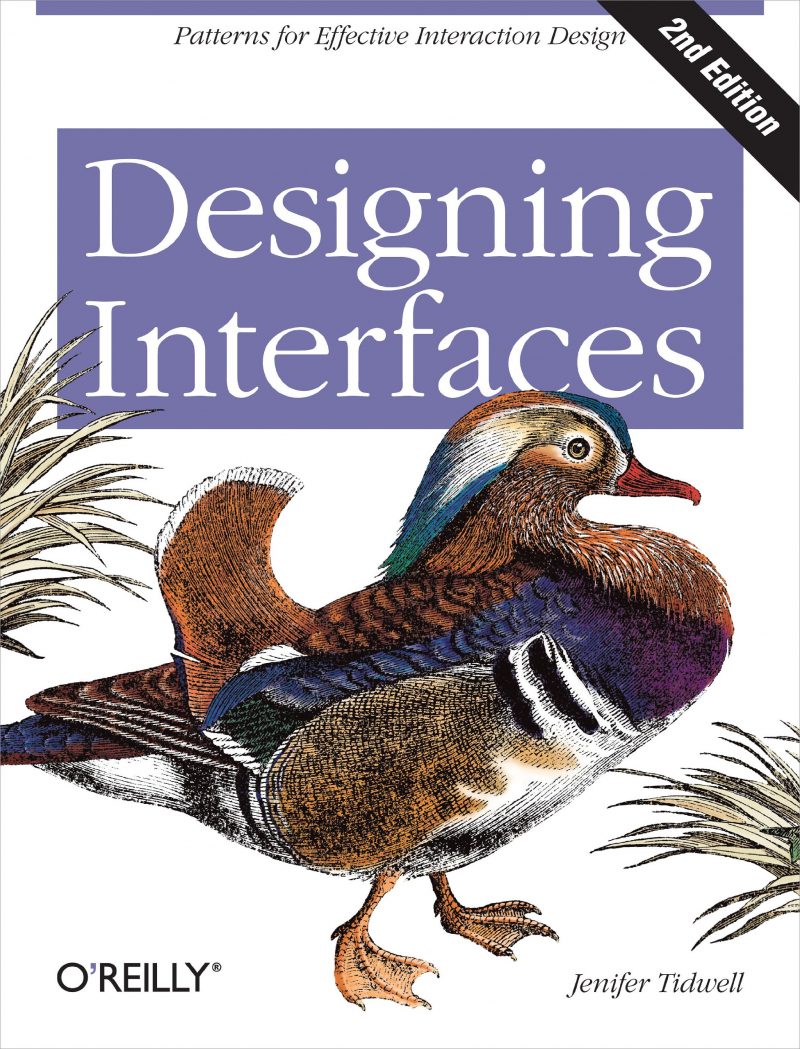
https://www.amazon.com/ 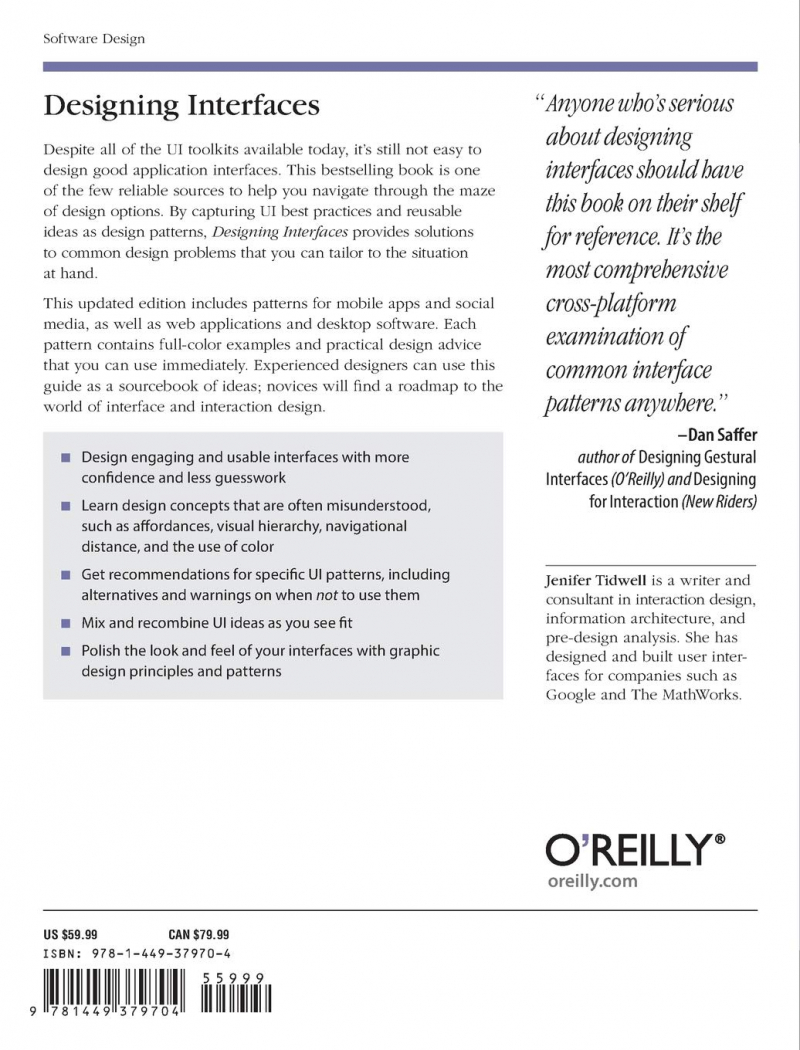
https://www.amazon.com/ -
Jennifer Preece is a Professor and Dean in the College of Information Studies at the University of Maryland's iSchool. Yvonne Rogers is the Director of the Interaction Center and a Professor of Interaction Design at University College London. Helen Sharp is an Associate Dean and Professor of Software Engineering at the Open University.
Interaction design is the process of creating interactive products to help people communicate and interact in their daily and professional lives. Interaction designers will need a diverse set of skills drawn from psychology, human-computer interaction, web design, computer science, information systems, and entertainment, as well as an understanding of people's desires and needs and the types of technology available to be successful.
Beyond Human-Computer Interaction provides a cross-disciplinary, practical, and process-oriented introduction to the field, demonstrating not only what principles should apply to interaction design, but also how they can be applied.
Interaction Design's fourth edition has been significantly updated to reflect this dynamic and fast-moving field, and it now includes:
- Wiley e-text with videos and Q&A
- Interaction Design in Practice is a new chapter.
- Many new and traditional interfaces are covered.
- 25 new talking-head videos featuring HCI experts who answer questions such as "has HCI gone too far?"
- A new section on emotional technology and automated emotion has been added.
- AgileUX and the maker movement are covered.
- Sections on social interaction and social media have been added.
Interaction Design is extremely popular among both students and professionals. It's a great place to start if you want to learn the interdisciplinary skills required for interaction design, human-computer interaction, information design, web design, and ubiquitous computing. A comprehensive website is available to accompany the text at http://www.id-book.com. which includes slides for each chapter, comments on chapter activities, and a number of in-depth case studies written by researchers and designers.
Author: Jennifer Preece, Yvonne Rogers and Helen Sharp
Link to buy: https://www.amazon.com/gp/product/1119020751
Ratings: 4.2 out of 5 stars (from 129 reviews)
Best Sellers Rank: #885,802 in Books
#321 in User Experience & Website Usability
#3,477 in Computer Science (Books)
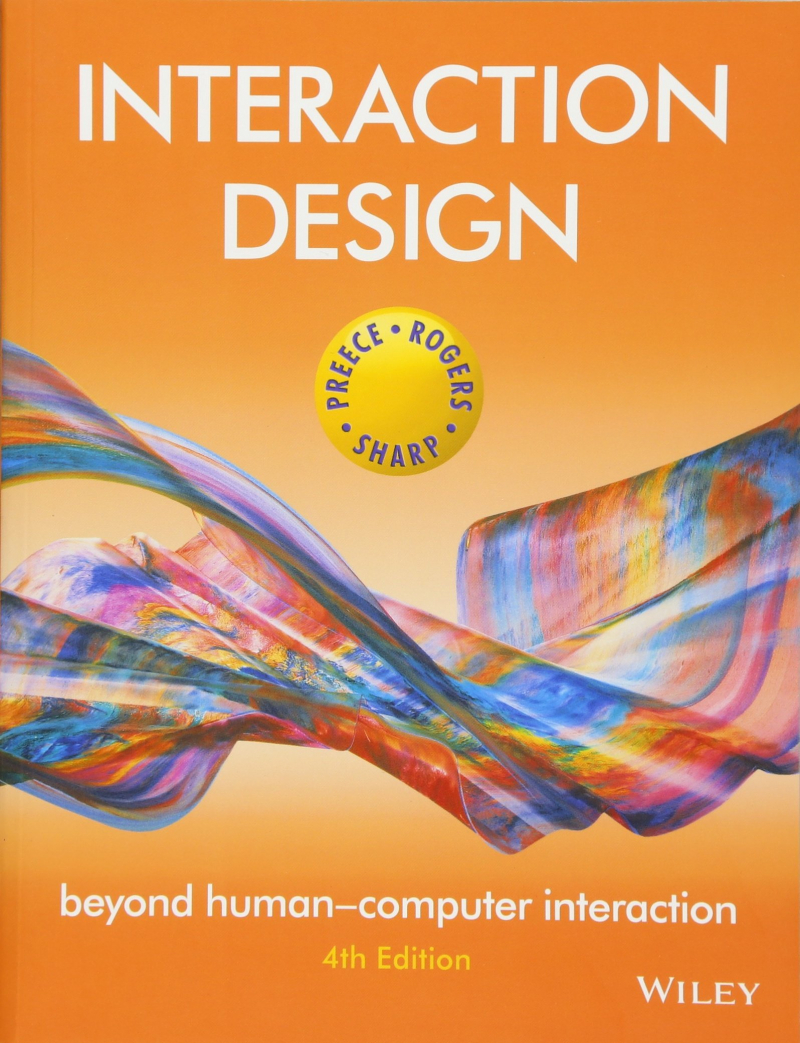
https://www.amazon.com/ 
https://www.amazon.com/ -
Theresa Neil is an Austin, Texas-based user experience consultant who creates rich applications for start-ups and Fortune 500 companies.
When you're under pressure to create a well-designed, user-friendly mobile app, there's no time—and no need—to reinvent the wheel. This handy reference contains over 90 mobile app design patterns, with 1,000 screenshots from current Android, iOS, and Windows Phone apps to illustrate them.
Much has changed since the first edition of this book. Mobile operating systems have become increasingly distinct, each with its own set of design conventions and patterns, and many designers have embraced mobile-centric thinking. Theresa Neil, a user experience professional, walks product managers, designers, and developers through 11 design patterns in Mobile Design Pattern Gallery:
- Get patterns for primary and secondary navigation.
- Forms: Break the industry's bad form design habits.
- Tables: only show the most important data.
- Make it simple to use search, sort, and filter functions.
- Tools: give the appearance of direct interaction.
- Charts: discover the best practices for basic chart design.
- Tutorials and invitations: invite users to get started and learn about the features.
- Social: assist users in connecting with one another and becoming a part of the group
- Feedback & Affordance: provide users with timely feedback
- Help: integrate help pages into a smaller form factor
- Anti-Patterns: What to Avoid When Creating a Mobile App
Author: Theresa Neil
Link to buy: https://www.amazon.com/gp/product/1449363636
Ratings: 4.5 out of 5 stars (from 43 reviews)
Best Sellers Rank: #1,010,932 in Books
#105 in User Generated Content (Books)
#369 in User Experience & Website Usability
#440 in Mobile App Development & Programming
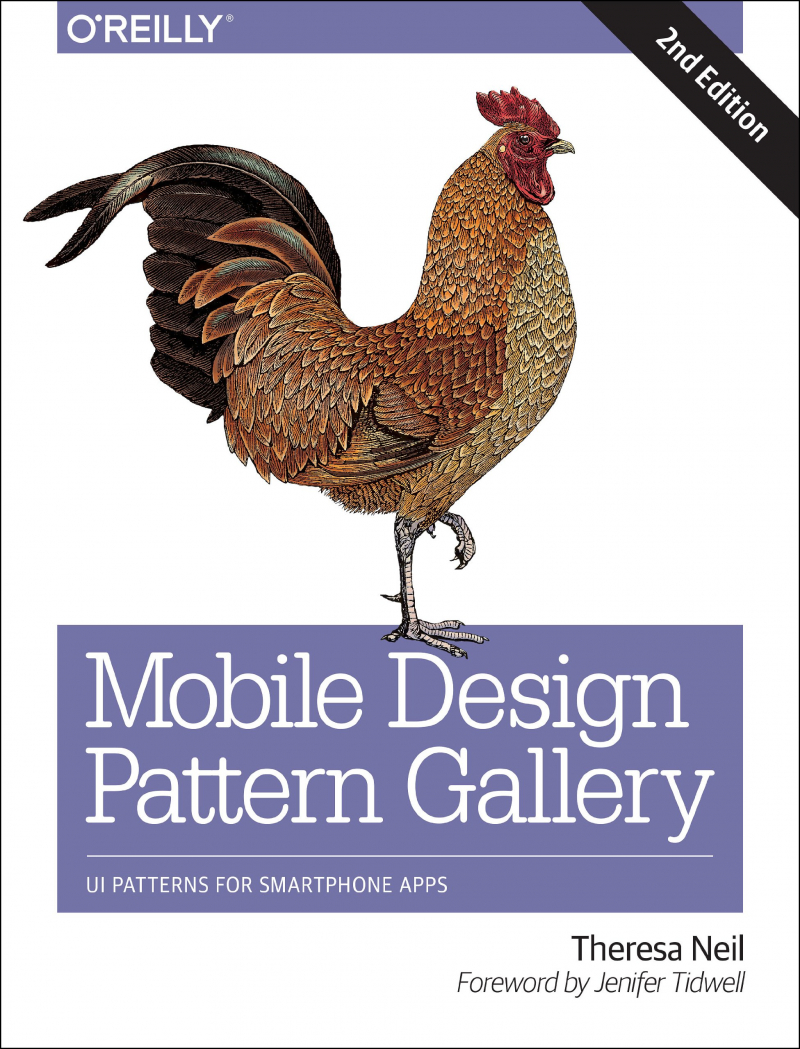
https://www.amazon.com/ 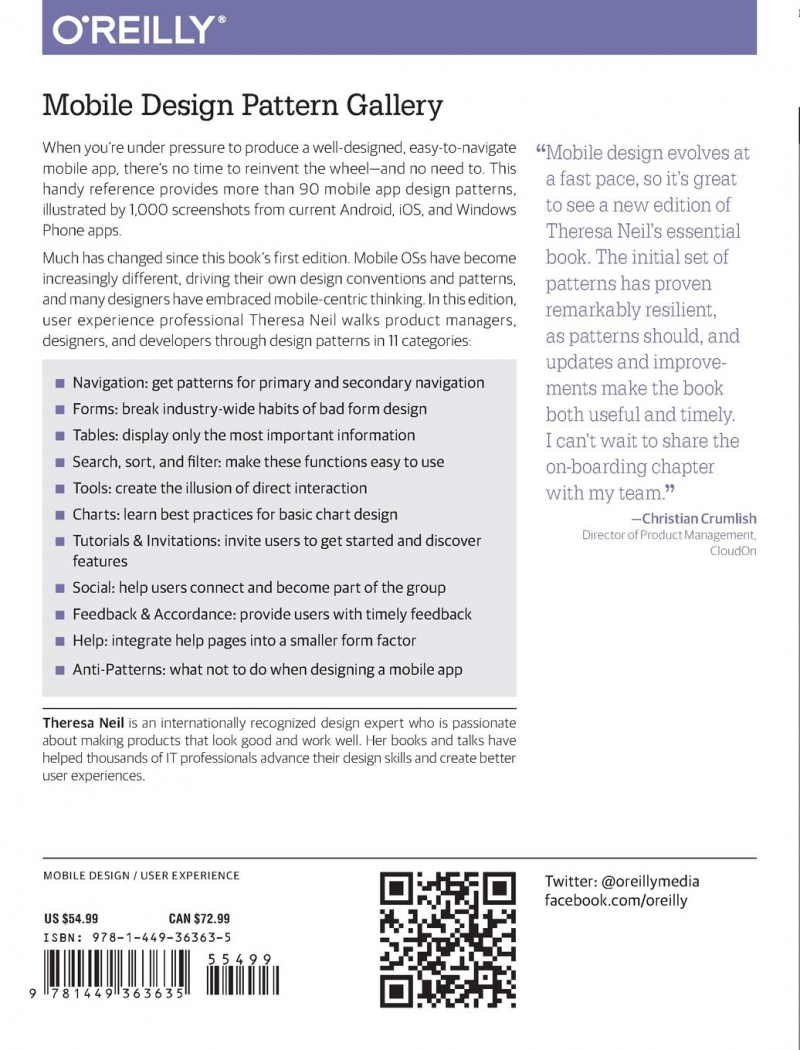
https://www.amazon.com/ -
Stephen P. Anderson is a well-known international speaker and consultant based in Dallas, Texas. He invented the Mental Notes card deck, a tool that product teams use to apply psychology to interaction design.
What happens when you create a fantastic website or app, but no one seems to notice? How do you entice people to stay long enough to see how your service can benefit them? Stephen P. Anderson, a speaker and author, takes a novel approach to designing sites and interactions based on the stages of seduction in Seductive Interaction Design, one of the best books on interaction design. This stunningly designed book investigates what drives people to act.
Topics covered include:
- Aesthetics, beauty, and behavior: What draws our attention to striking visuals? How do emotions influence judgment and behavior?
- Playful seduction: How do you create playful engagements in the moment? Why are serendipity, arousal, rewards, and other delights important components of a positive experience?
- The subtle art of seduction: How do you make people feel at ease by using clear and suggestive language? What are some subtle methods for influencing behavior and moving people from intent to action?
- The game of seduction: How do you keep motivating people after the first meeting? Are there any takeaways from learning theories or game design?
Psychology principles are sprinkled throughout the book, along with dozens of examples of how these techniques have been used with great success. Interviews with influential web and interaction designers are also included in each section.
Author: Stephen P. Anderson
Link to buy: https://www.amazon.com/gp/product/0321725522
Ratings: 4.4 out of 5 stars (from 82 reviews)
Best Sellers Rank: #1,141,374 in Kindle Store
#180 in User Experience & Usability
#440 in Web Site Design
#549 in User Experience & Website Usability
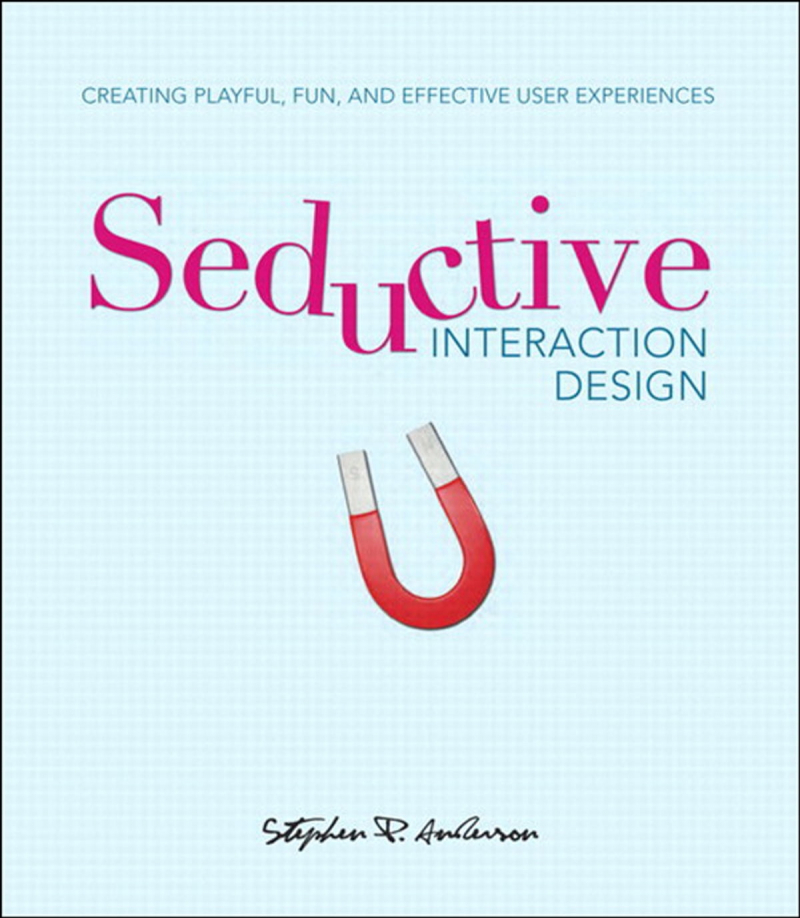
https://www.kobo.com/ 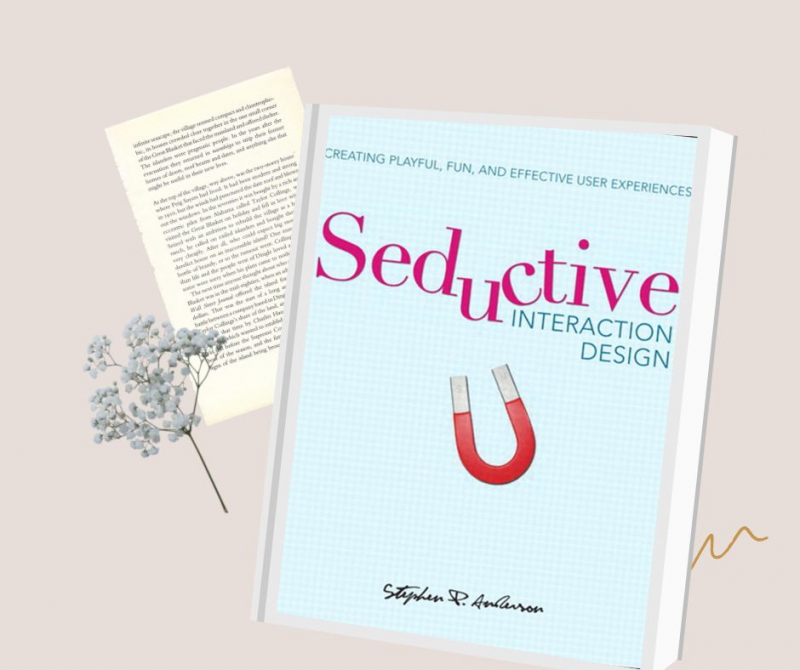
https://www.kobo.com/ -
Bill Moggridge, a pioneer in interaction design and the incorporation of human factors disciplines into design practice, was the Director of the Cooper-Hewitt National Design Museum in New York City and the founder of IDEO, the well-known innovation and design firm.
A pioneer in interaction design tells the stories of designers who changed the way people use everyday objects in the digital era, interviewing the founders of Google, The Sims creator, the inventors and developers of the mouse and the desktop, and many others.
From the games we play to the tools we use at work, digital technology has changed the way we interact with everything. Designers of digital technology products no longer see their job as creating a physical object—beautiful or functional—but as creating our interactions with it. Bill Moggridge, award-winning designer, introduces us to forty influential designers who have shaped our interaction with technology in Designing Interactions. Moggridge, the designer of the first laptop computer (the GRiD Compass, 1981) and the founder of the design firm IDEO, tells us these stories from the perspective of an industry insider, tracing the evolution of ideas from inspiration to outcome. The innovators he interviews have made a difference in the design of interactions, including Will Wright, creator of The Sims, Larry Page and Sergey Brin, founders of Google, and Doug Engelbart, Bill Atkinson, and others involved in the invention and development of the mouse and the desktop. Their stories trace the evolution of entrepreneurial technology design development.
Moggridge and his interviewees discuss why a personal computer has a window in its desktop, what made Palm's handheld organizers so successful, what turns a game into a hobby, why Google is the preferred search engine, and why 30 million people in Japan use the i-mode service for their cell phones. And Moggridge tells the story of his own design process and explains IDEO's successful focus on people and prototypes—how people's needs and desires can inspire innovative designs and how prototyping methods are evolving for the design of digital technology.
More than 700 images in color are used to illustrate Designing Interactions. A DVD with segments from all of the interviews intercut with examples of the interactions under discussion is included with Designing Interactions.
Author: Bill Moggridge
Link to buy: https://www.amazon.com/Designing-Interactions-Press-Bill-Moggridge/dp/0262134748
Ratings: 4.3 out of 5 stars (from 71 reviews)
Best Sellers Rank: #192,182 in Books
#57 in Human-Computer Interaction (Books)
#125 in Industrial & Product Design
#169 in Gardening Encyclopedias
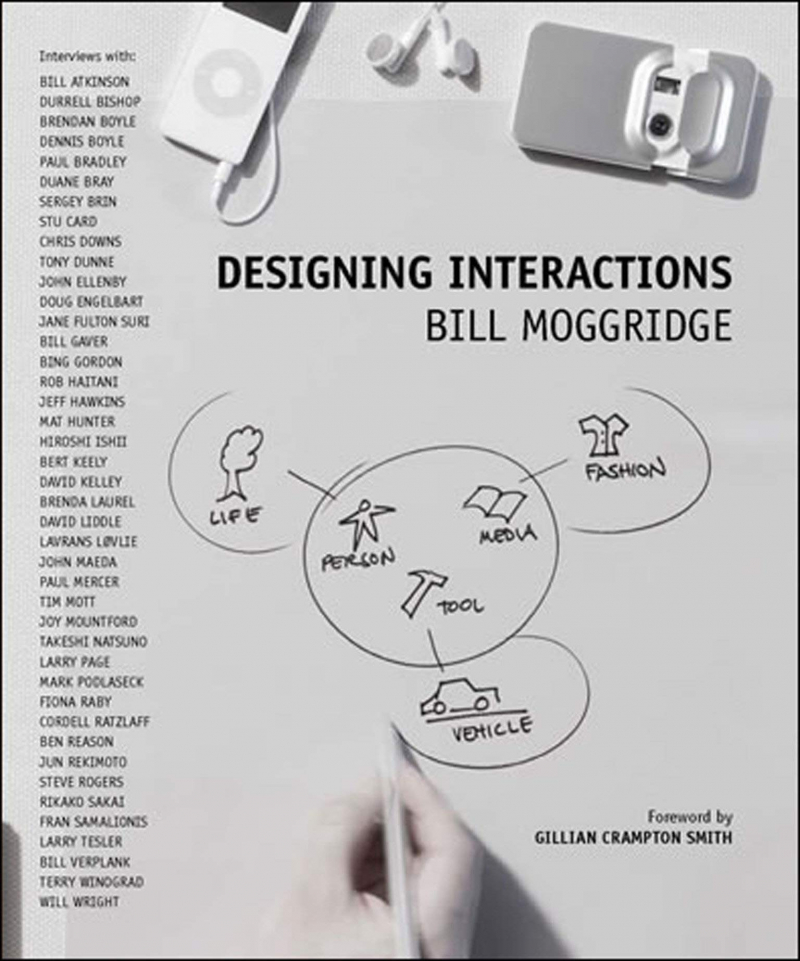
https://www.amazon.com/ 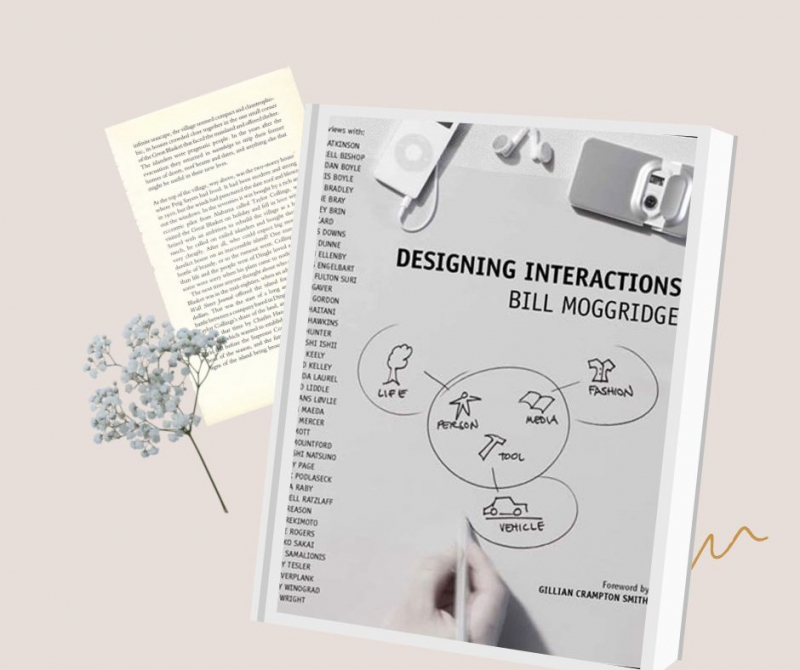
https://www.amazon.com/ -
Claire is a UX design, research, and product strategy consultant who specializes in internet of things products and services for mainstream consumers. Since 1997, she has worked in UX design and research for mobile, multiplatform, and web services.
In her design, research, and writing, Elizabeth Goodman investigates the possibilities and risks of emerging technologies. Her PhD in information science from UC Berkeley's School of Information in 2014 focused on human-computer interaction and design practice for novel technologies, and was funded by National Science Foundation and Intel fellowships.
The Internet of Things can (and will) enable new ways for people to interact with the world around them, as evidenced by networked thermostats, fitness monitors, and door locks. However, designing connected products for consumers presents new challenges in addition to traditional software UI and interaction design.
This book provides experienced user experience (UX) designers and technologists with a clear and practical roadmap for approaching consumer product strategy and design in this new market. Among the best books on interaction design, Designing Connected Products provides sound advice for working with cross-device interactions and the complex ecosystems inherent in IoT technology by drawing on the best of current design practice and academic research.
Author: Elizabeth Goodman, Claire Rowland, Alfred Lui and Martin Charlier
Link to buy: https://www.amazon.com/Designing-Connected-Products-Consumer-Internet/dp/1449372562/
Ratings: 4.6 out of 5 stars (from 30 reviews)
Best Sellers Rank: #675,756 in Books
#91 in Industrial Product Design
#269 in User Experience & Website Usability
#368 in Industrial & Product Design

https://www.amazon.com/ 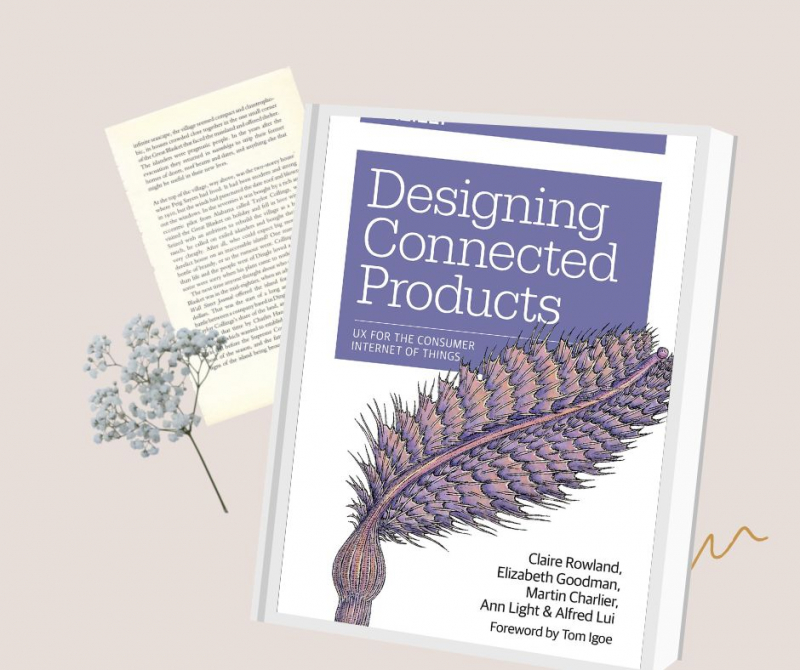
https://www.amazon.com/













